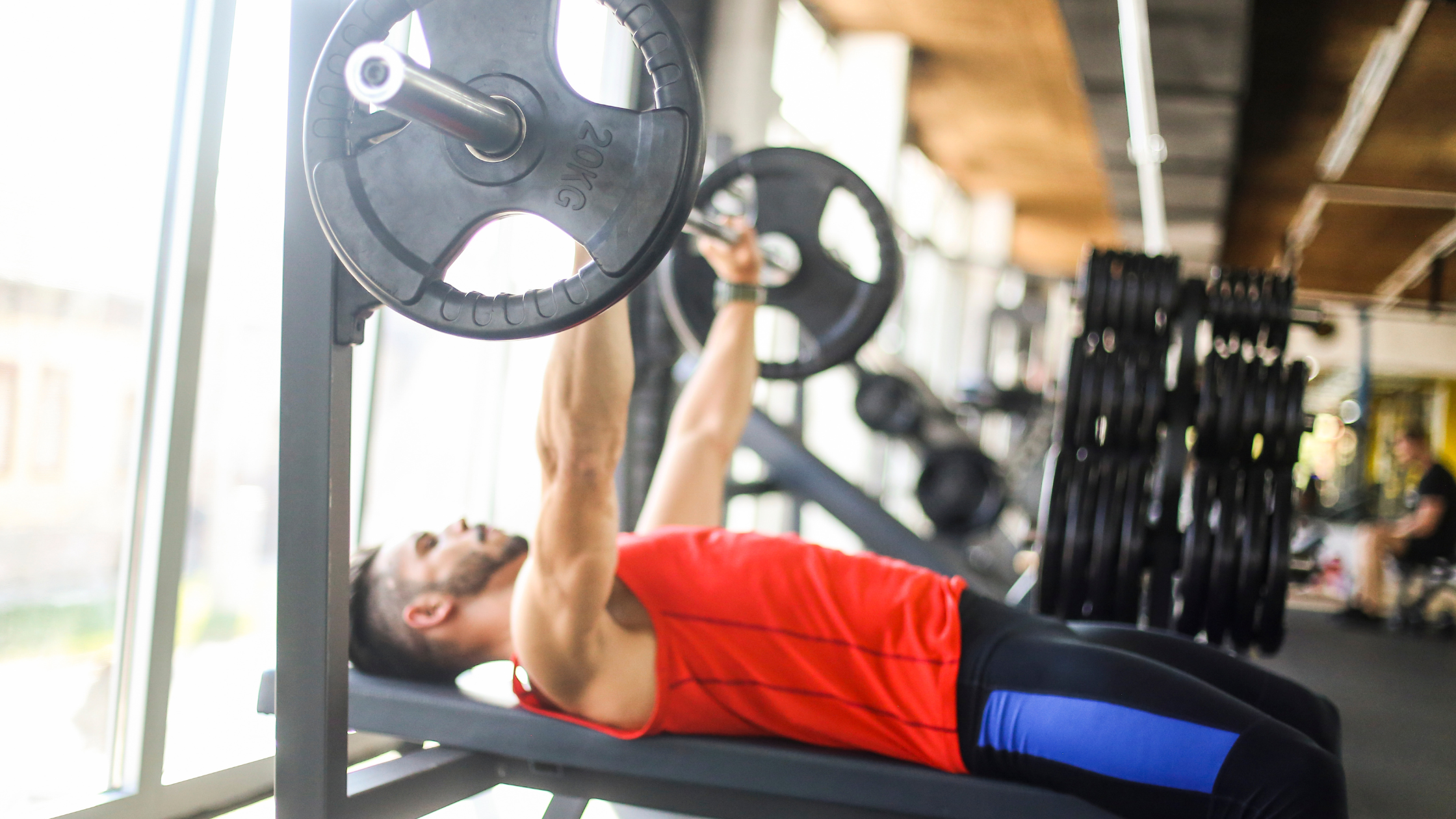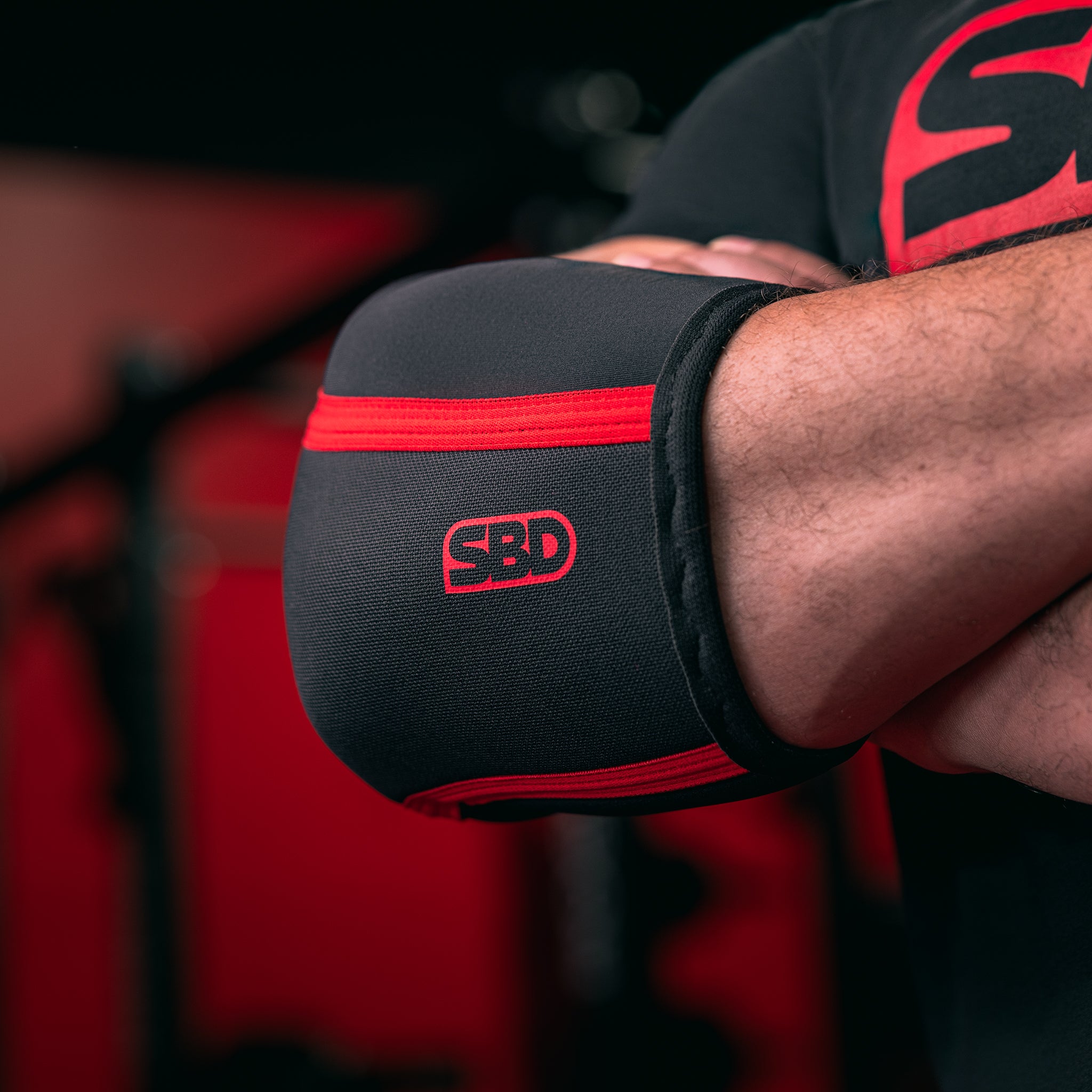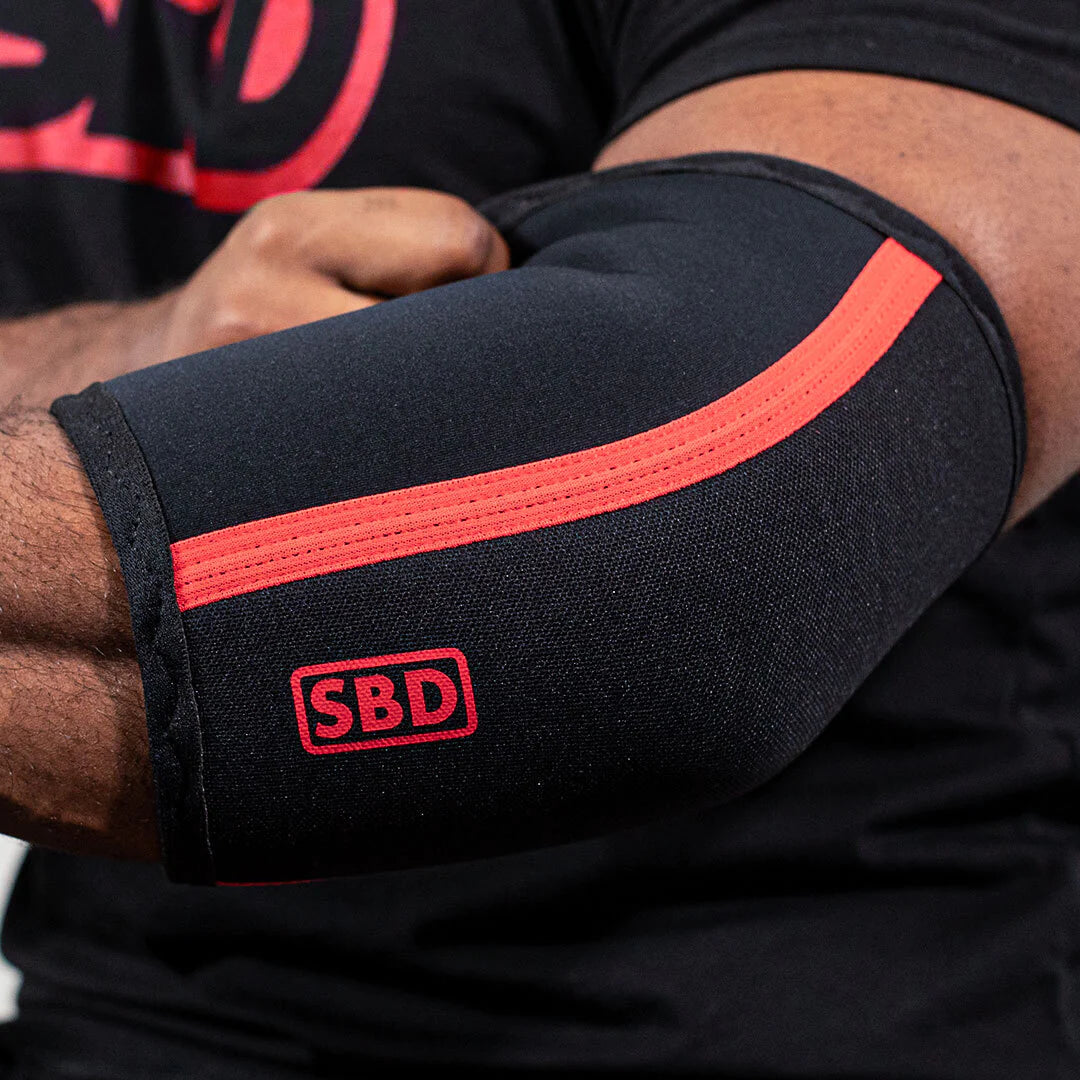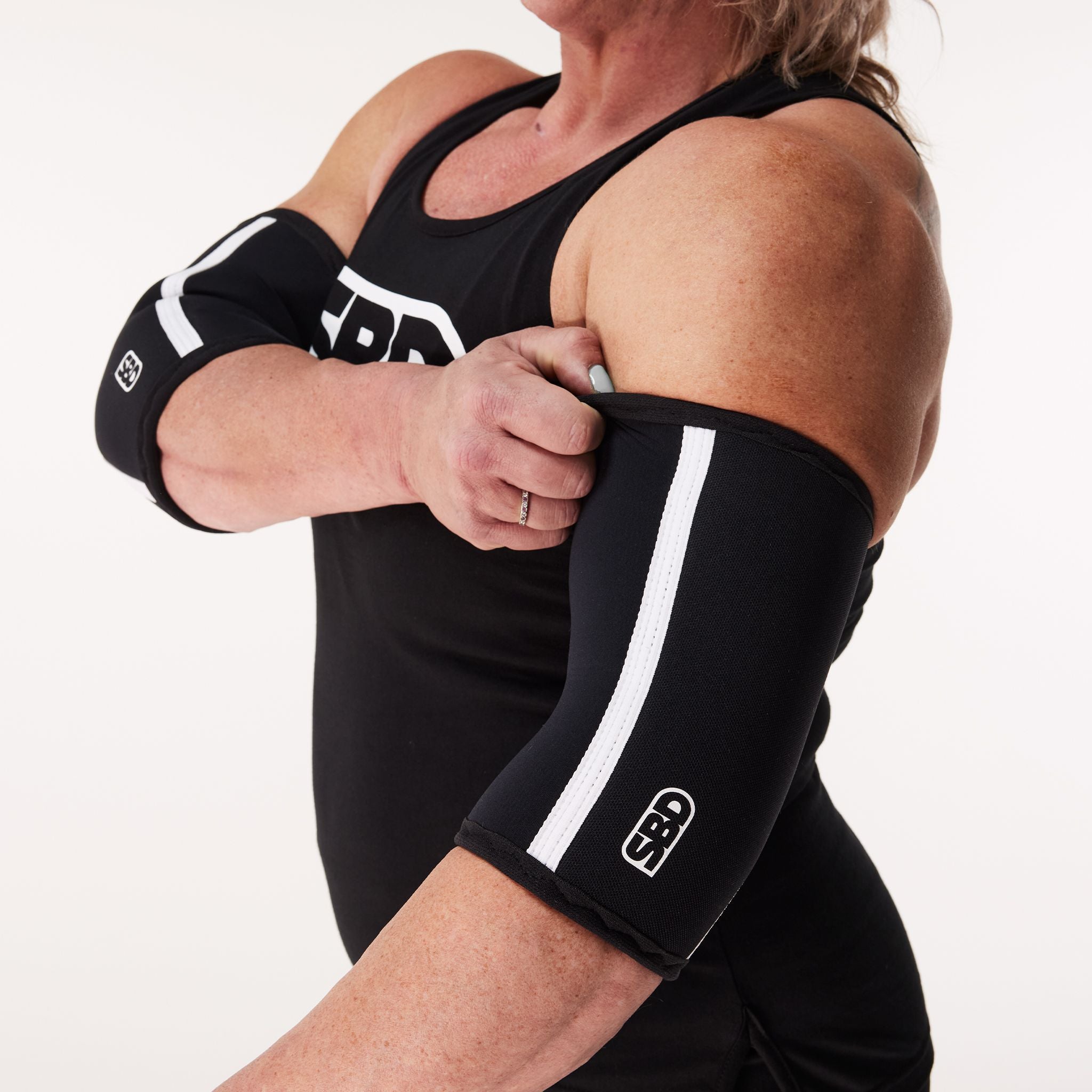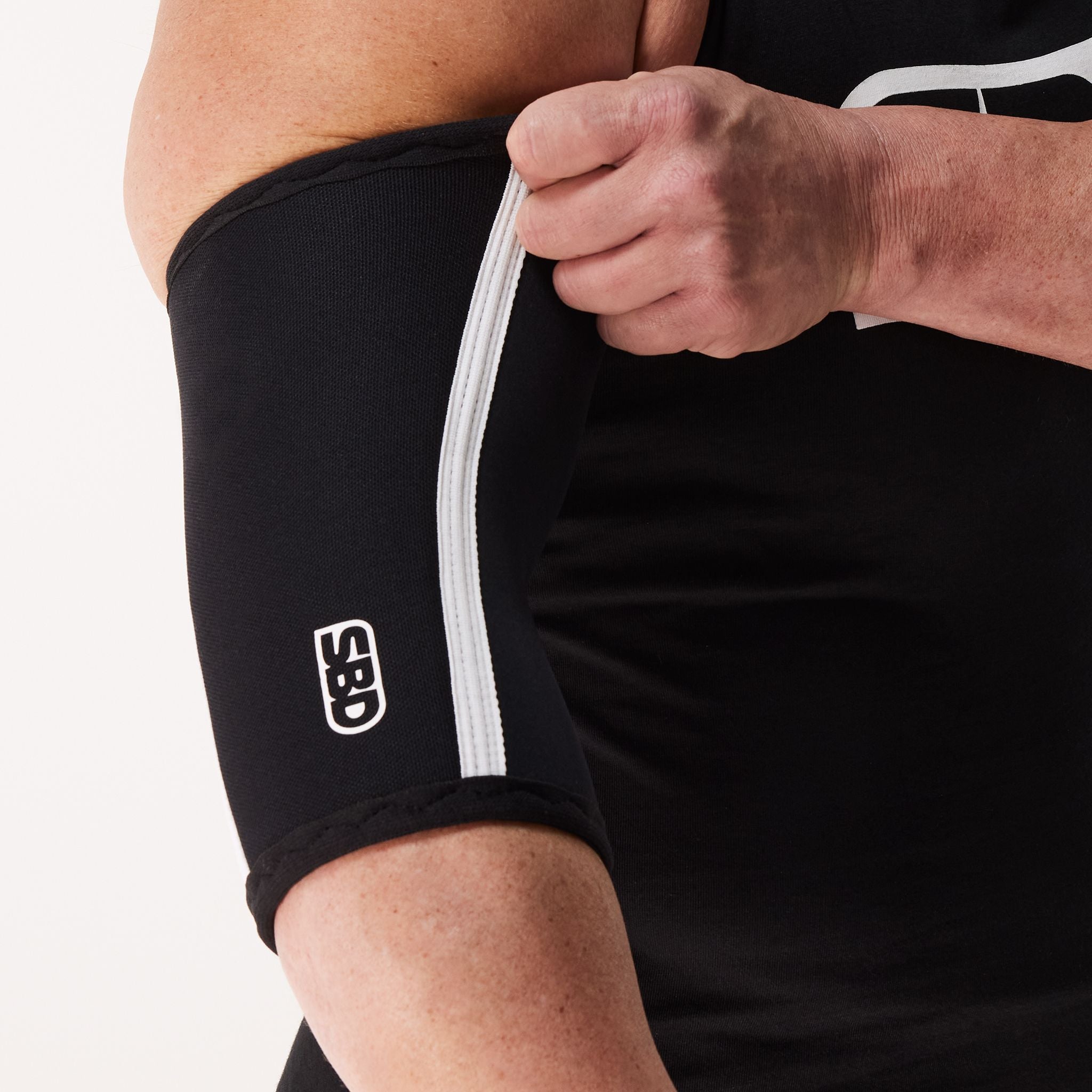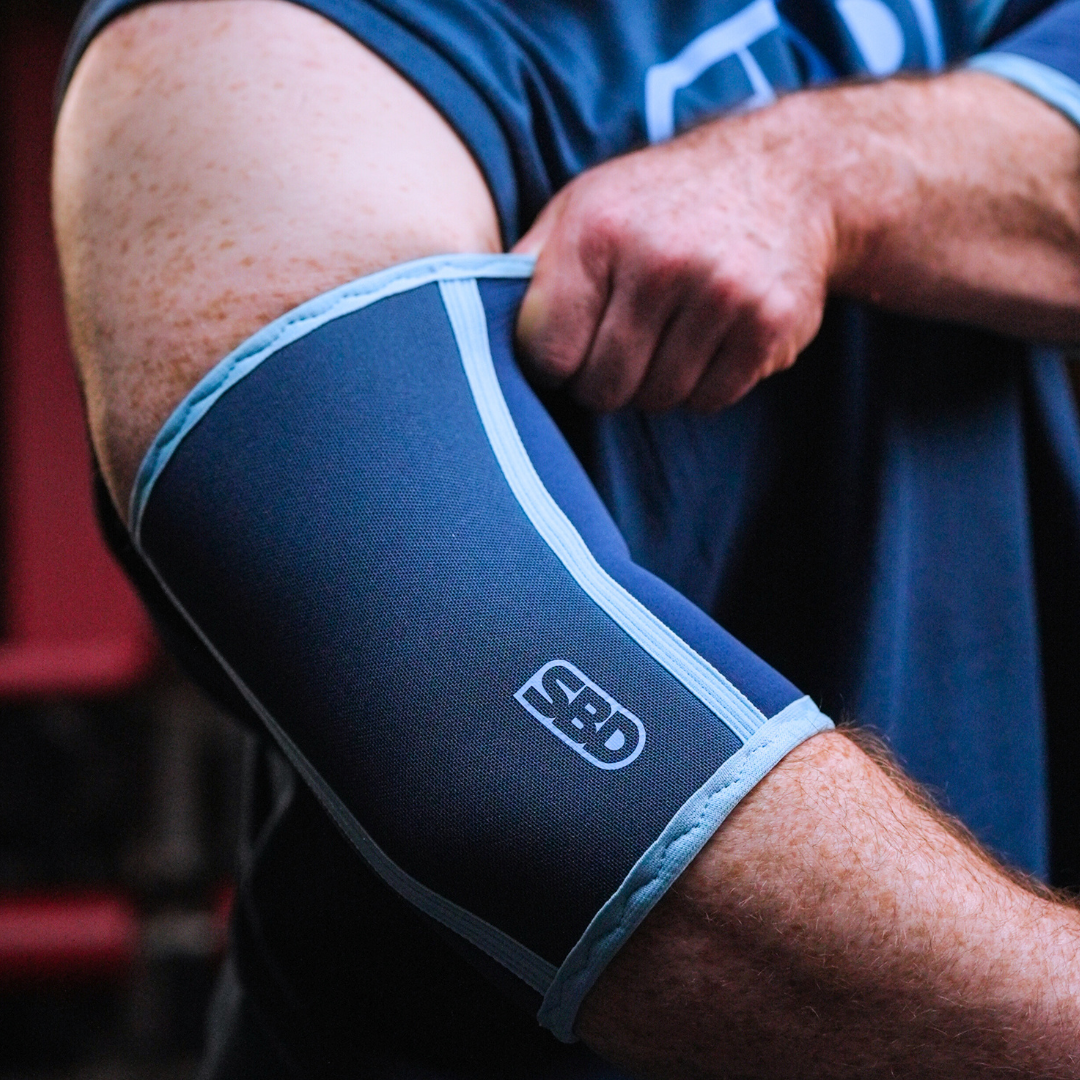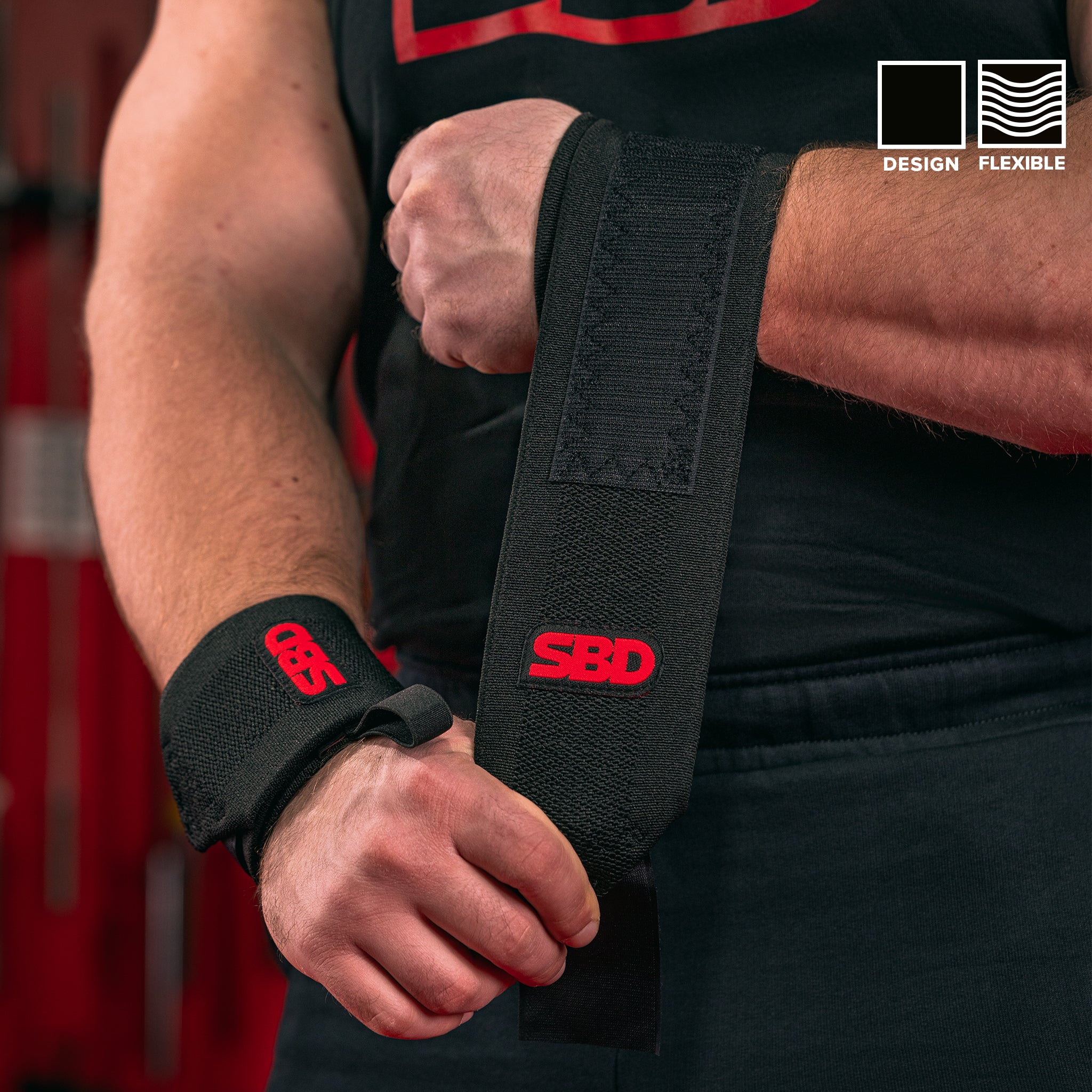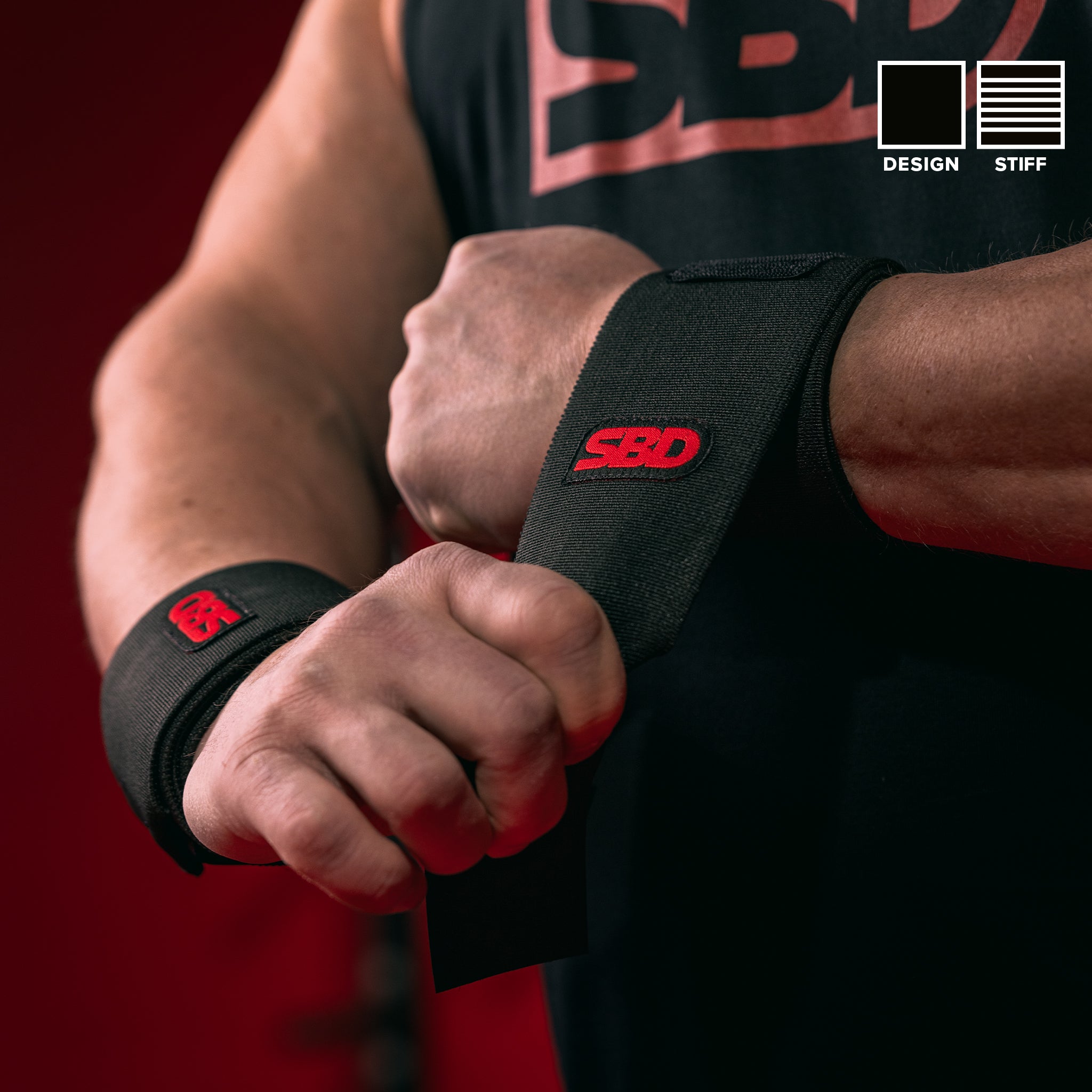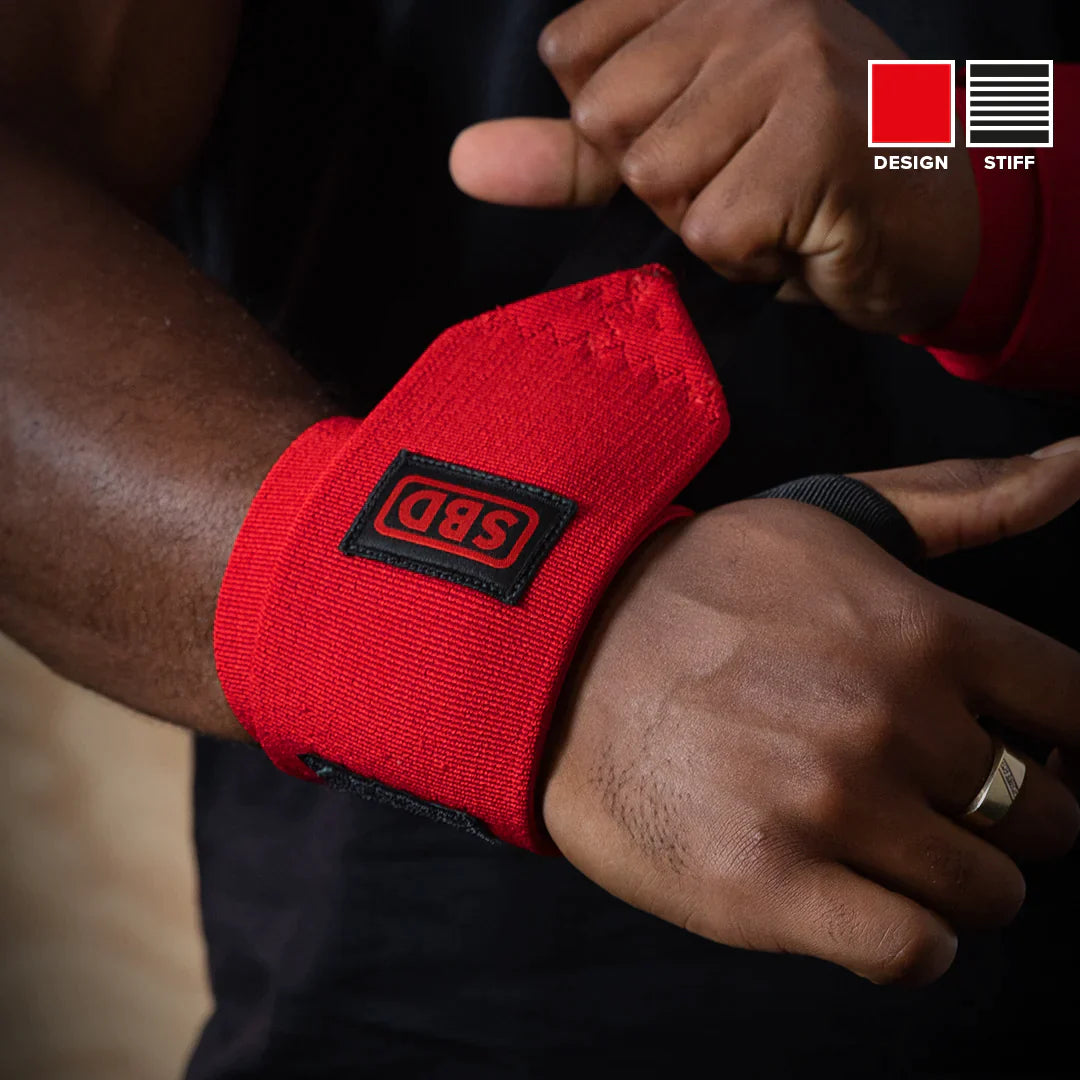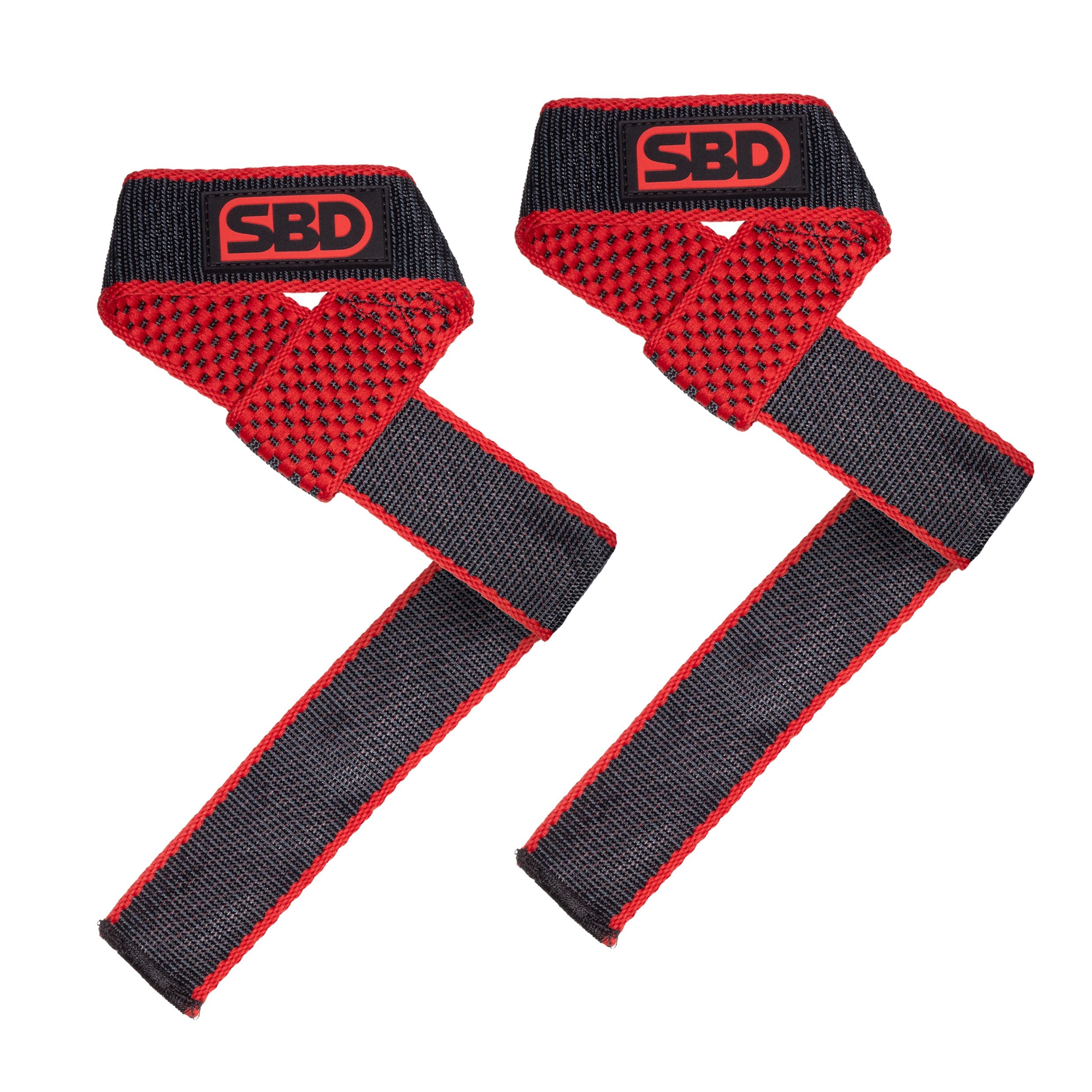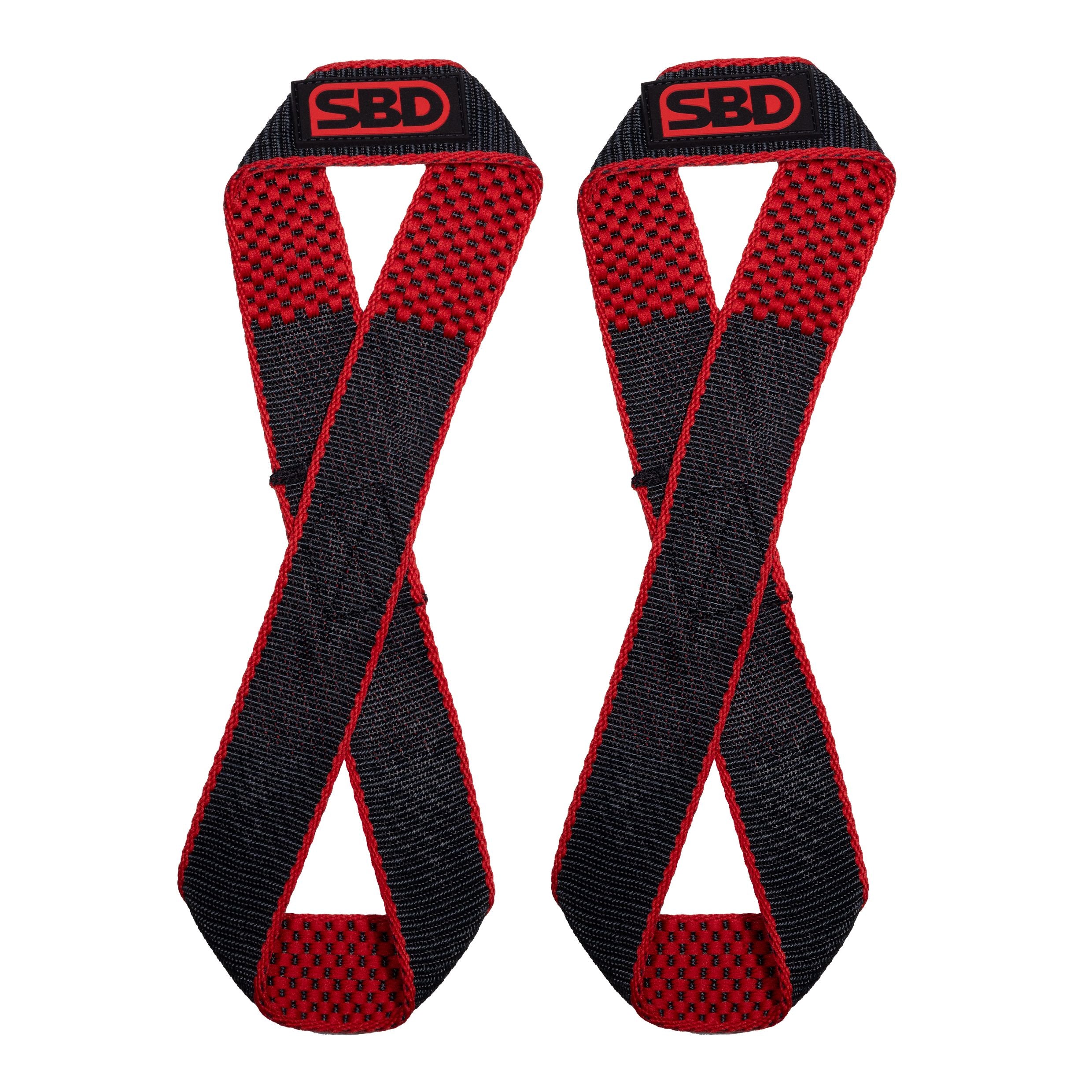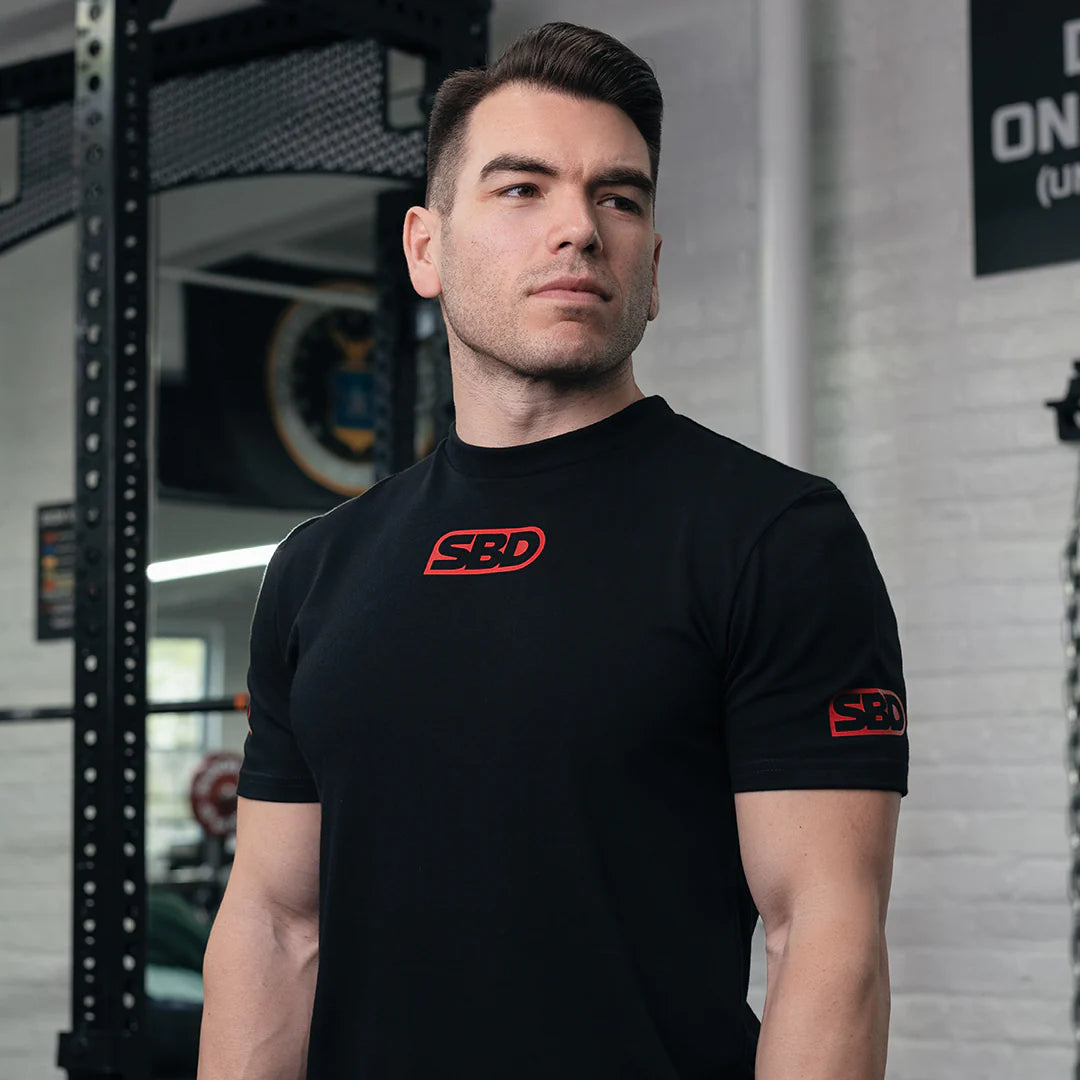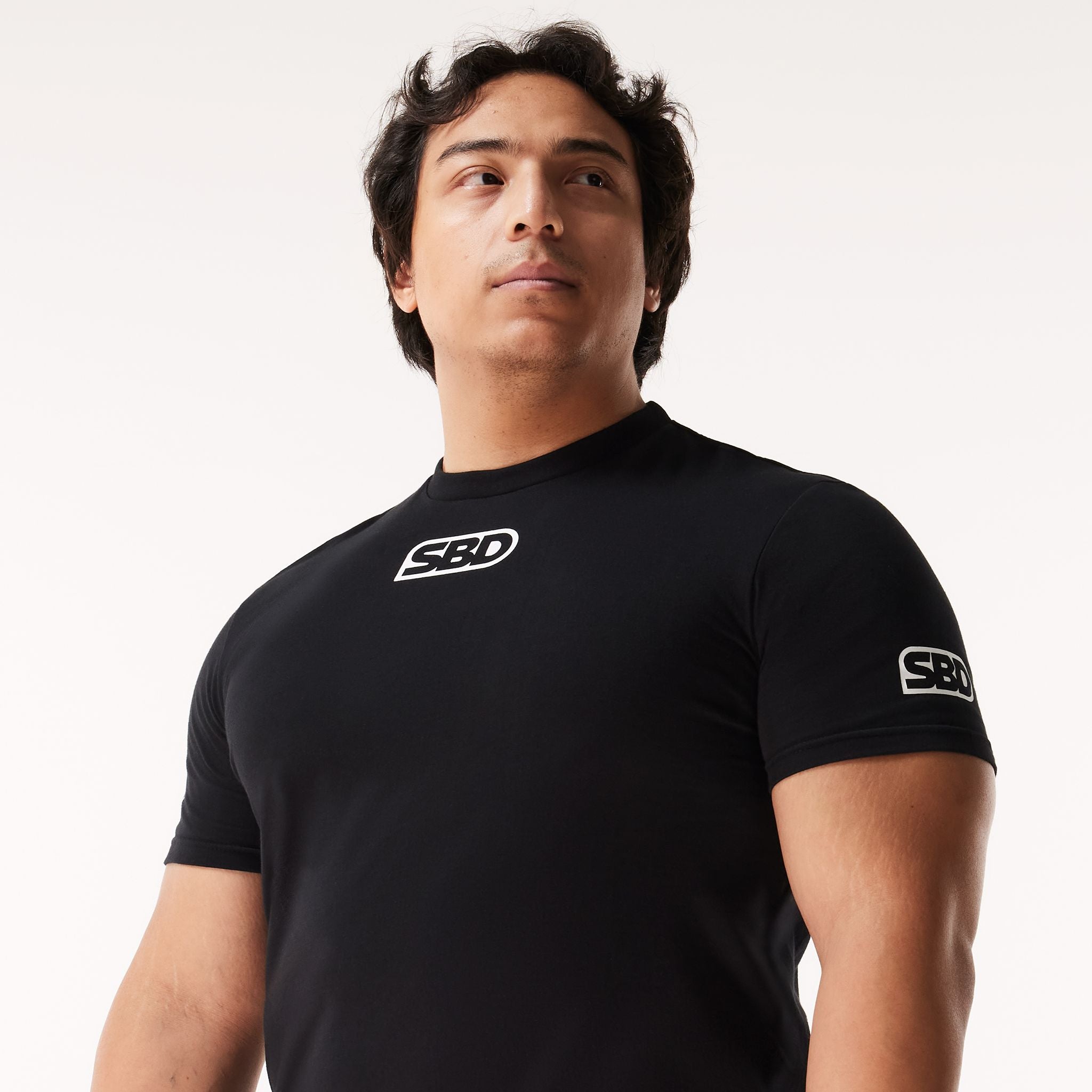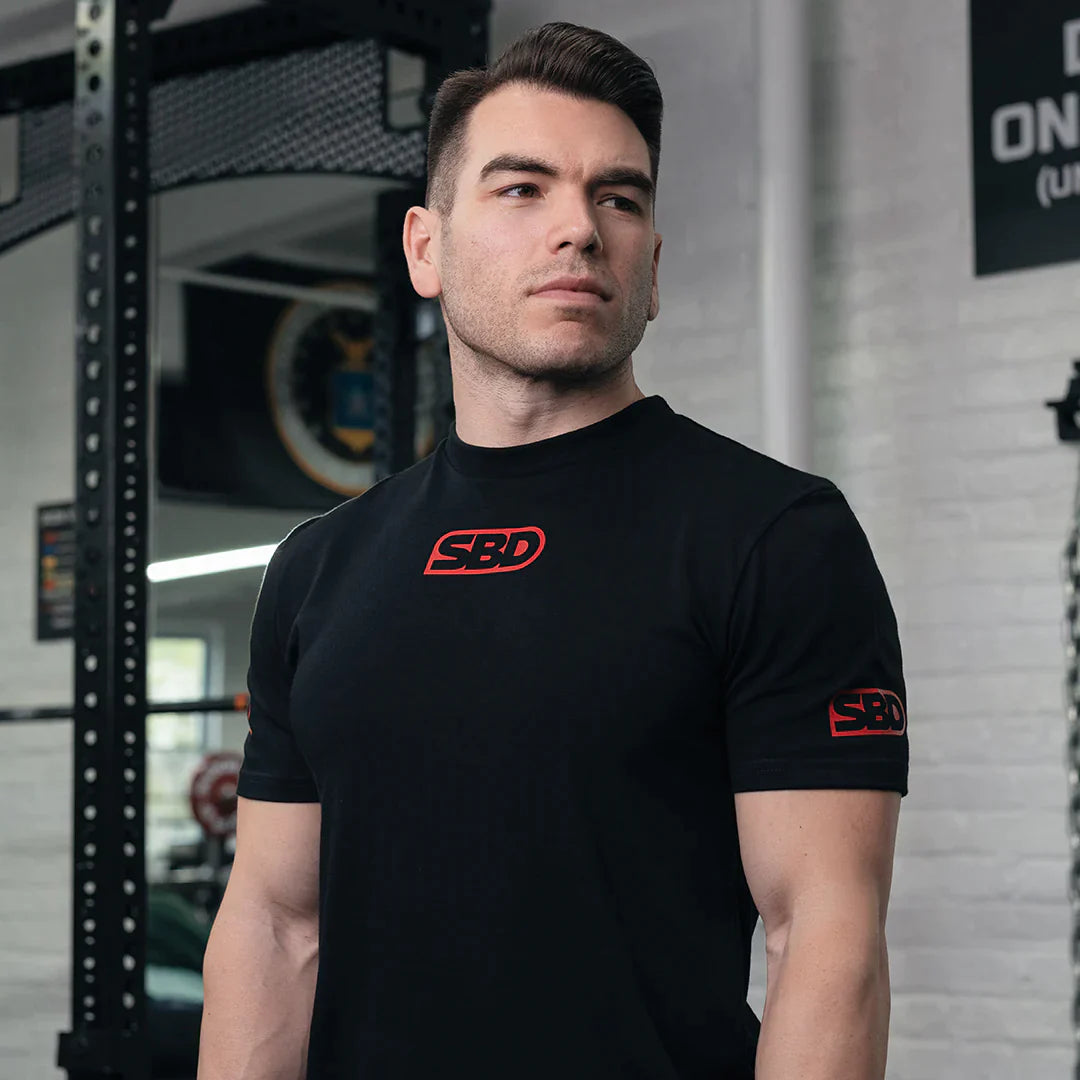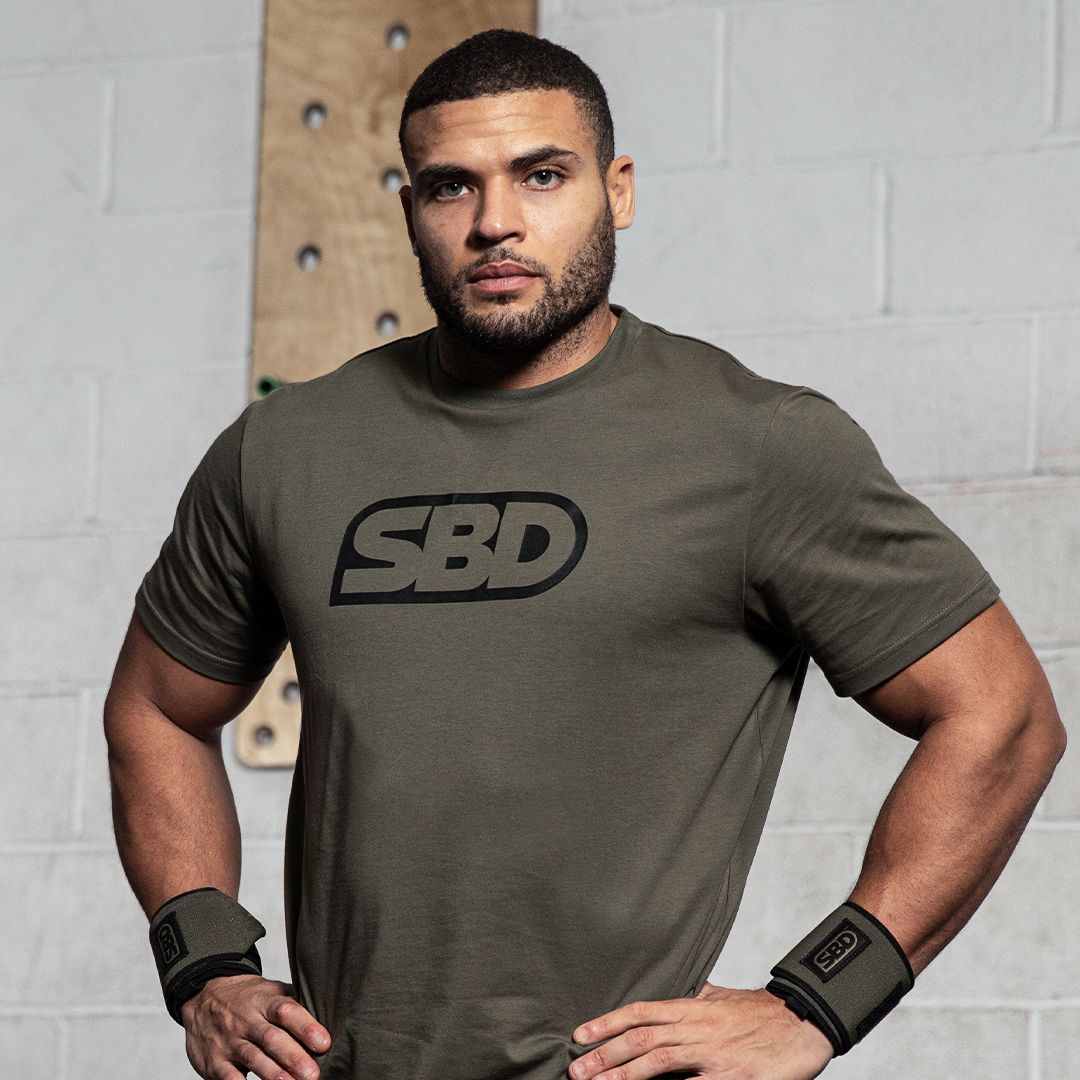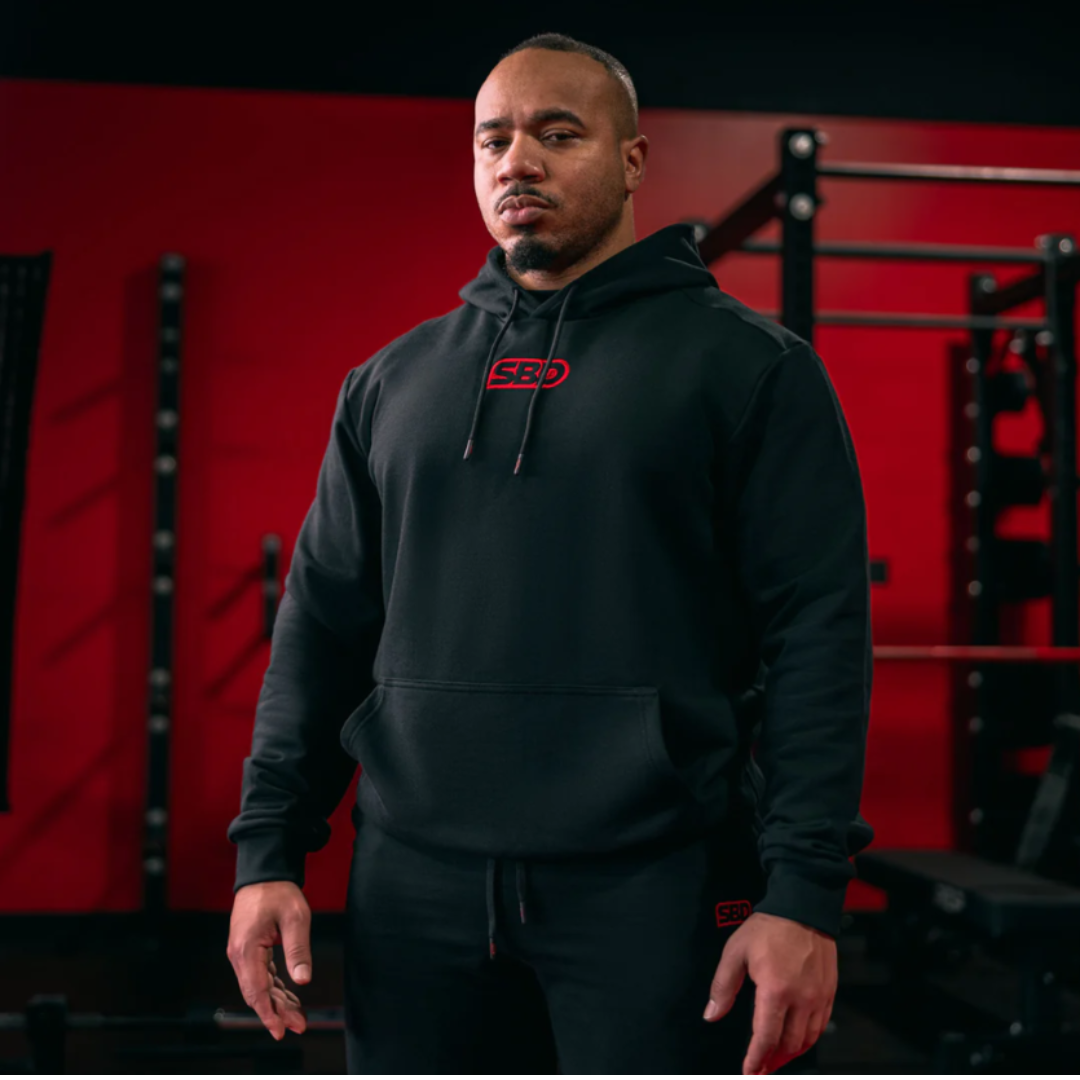Introduction: Understanding the Bench Press Problem
The bench press is often hailed as the king of upper body lifts. But let’s face it—yours might not be living up to the hype. Whether you’re stuck at a plateau, dealing with nagging shoulder pain, or just not seeing the results you expect, there’s a good chance something’s off.
If you’ve ever wondered why your bench press sucks, you’re not alone. Many lifters struggle with this lift for years without realising the root causes. The good news? You can fix it—today. In this guide, we’ll break down everything from technique and programming to mindset and recovery. No fluff. Just proven strategies grounded in both science and real-world gym experience.
Common Mistakes That Sabotage Your Bench Press
Poor Form and Technique
One of the biggest killers of bench press progress is lousy form. Too many lifters treat the bench like a chest-only exercise, ignoring the full-body mechanics involved.
-
Elbows flared too wide
-
Wrists bent backwards
-
Inconsistent bar path
-
Archless back position
These technical flaws not only reduce strength but increase injury risk—particularly to the shoulders.
Inadequate Warm-Up Routines
Going in cold is a rookie move. Your joints, tendons, and central nervous system need priming.
Effective Warm-Up Flow:
-
General warm-up: 5–10 minutes cardio
-
Dynamic mobility: shoulder circles, arm swings
-
Activation drills: band pull-aparts, push-ups
-
Ramp-up sets: 2–4 sets building up to your working weight
Lack of Progression Planning
Training without a plan is like driving blind. You’ll stall quickly.
If you’re always lifting the same weight, with the same reps, your body has no reason to adapt. You need to vary intensity, volume, and frequency to see real gains.
The Science Behind a Strong Bench Press
Muscle Groups Involved
A powerful bench press isn’t just about pecs.
-
Primary movers: Pectoralis major, anterior deltoids, triceps brachii
-
Stabilisers: Rotator cuff, lats, core muscles
Training all these synergistically leads to better strength and stability.
Biomechanics and Leverage
Arm length, shoulder width, and torso thickness all affect how you should bench. For instance, lifters with long arms often benefit from a wider grip, while short-armed lifters can press closer to the torso.
Understanding your body’s mechanics helps tailor the lift to your advantage.
Key Bench Press Variations and When to Use Them
Incline Bench Press
Targets the upper chest and front delts. Use if your upper pecs are lagging or your shoulder strength needs work.
Decline Bench Press
Emphasises lower pecs and reduces shoulder strain. Great for lifters recovering from mild shoulder discomfort.
Dumbbell Bench Press
Allows for greater range of motion and corrects imbalances between sides. Ideal for hypertrophy-focused phases.
How to Perfect Your Bench Press Form
Feet, Back, and Grip Placement
-
Feet: Firmly planted for stability
-
Back: Slight arch with scapulae retracted
-
Grip: Hands just outside shoulder width for most lifters
Bar Path and Range of Motion
The bar should travel in a slight arc—not straight up and down. Aim to touch the lower chest and press upward and back slightly.
Breathing Techniques
-
Inhale deeply before each rep
-
Hold breath (Valsalva maneuver) during the press
-
Exhale at the top or after completing the rep
Accessory Exercises to Boost Strength
Triceps and Shoulder Development
-
Close-grip bench press
-
Overhead press
-
Dips
Core and Lat Engagement
-
Planks and ab rollouts
-
Barbell rows
-
Pull-ups
These muscles help maintain tightness and control throughout the lift.
Programming for Results
Reps, Sets, and Frequency
-
Strength: 3–6 reps, 3–5 sets
-
Hypertrophy: 8–12 reps, 3–4 sets
-
Beginners: Bench 2x/week
-
Intermediates: 3–4x/week (varying intensity)
Periodisation Strategies
Use linear, undulating, or conjugate periodisation to cycle load, volume, and intensity. Helps avoid plateaus and overtraining.
Nutrition and Recovery for Performance
Macronutrients and Muscle Growth
-
Protein: 1.6–2.2g per kg of body weight
-
Carbs: Fuel workouts and recovery
-
Fats: Essential for hormone production
Sleep, Rest Days, and Deload Weeks
Aim for 7–9 hours of quality sleep. Incorporate deloads every 4–8 weeks to refresh your nervous system and prevent burnout.
Psychological Factors: Confidence Under the Bar
Visualisation and Mental Rehearsal
Picture yourself completing the lift successfully. Rehearsing success builds neural pathways that translate into real-world performance.
Building Consistent Habits
Keep a log. Stick to a schedule. Celebrate progress—even the small wins.
Equipment That Supports Progress (Without the Gimmicks)
Benches, Bars, and Racks
Invest in:
-
Adjustable bench with firm padding
-
Barbell with proper knurling
-
Power rack with safeties
Belts, Sleeves, and Chalk
Use them for support—not as a crutch. Chalk enhances grip; belts protect your spine; sleeves keep elbows warm and mobile.
FAQs
1. Why am I not getting stronger on the bench press?
Most likely due to poor programming or recovery. Evaluate your volume, intensity, and rest.
2. How often should I bench press?
Twice a week is ideal for most. Intermediate lifters may benefit from 3–4 sessions weekly with varied focus.
3. Is arching your back during the bench press safe?
Yes—when done correctly, it’s biomechanically efficient and reduces shoulder strain.
4. Can I bench press if I have shoulder pain?
Not if it aggravates the pain. Switch to dumbbells or floor press until resolved.
5. What’s the best grip width for bench press?
Just wider than shoulder-width suits most people. Adjust based on arm length and goals.
6. Should I touch my chest with the bar?
Yes, unless advised otherwise for injury prevention. Full range encourages strength and mobility.
Conclusion: Your New Bench Press Blueprint
Now you’ve got the full picture. From cleaning up form and technique to designing a smart program and supporting your efforts with recovery, there’s no excuse to stay stuck.
Remember, strength is a skill—and skills are honed with time, consistency, and smart practice. Implement what you’ve learned today, and watch your bench press soar.

